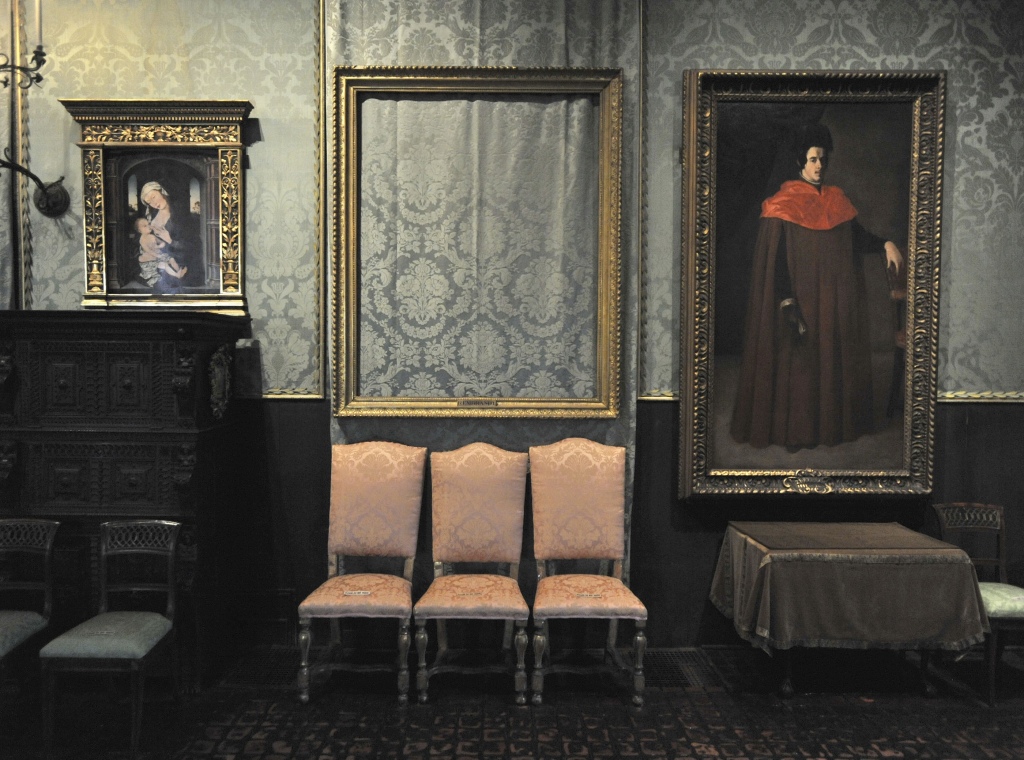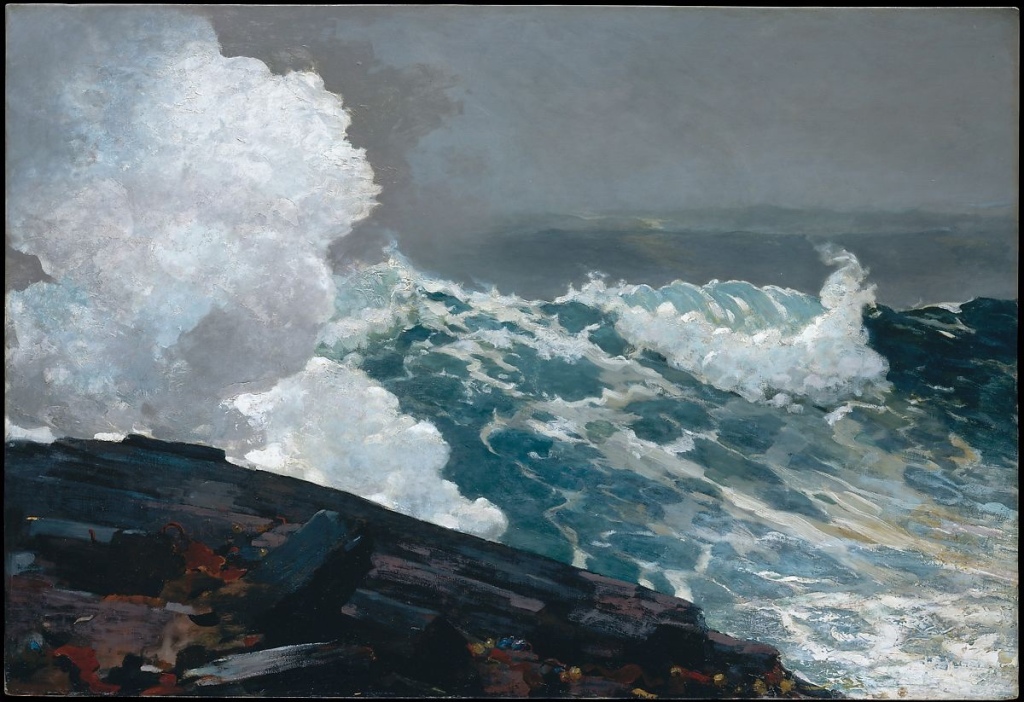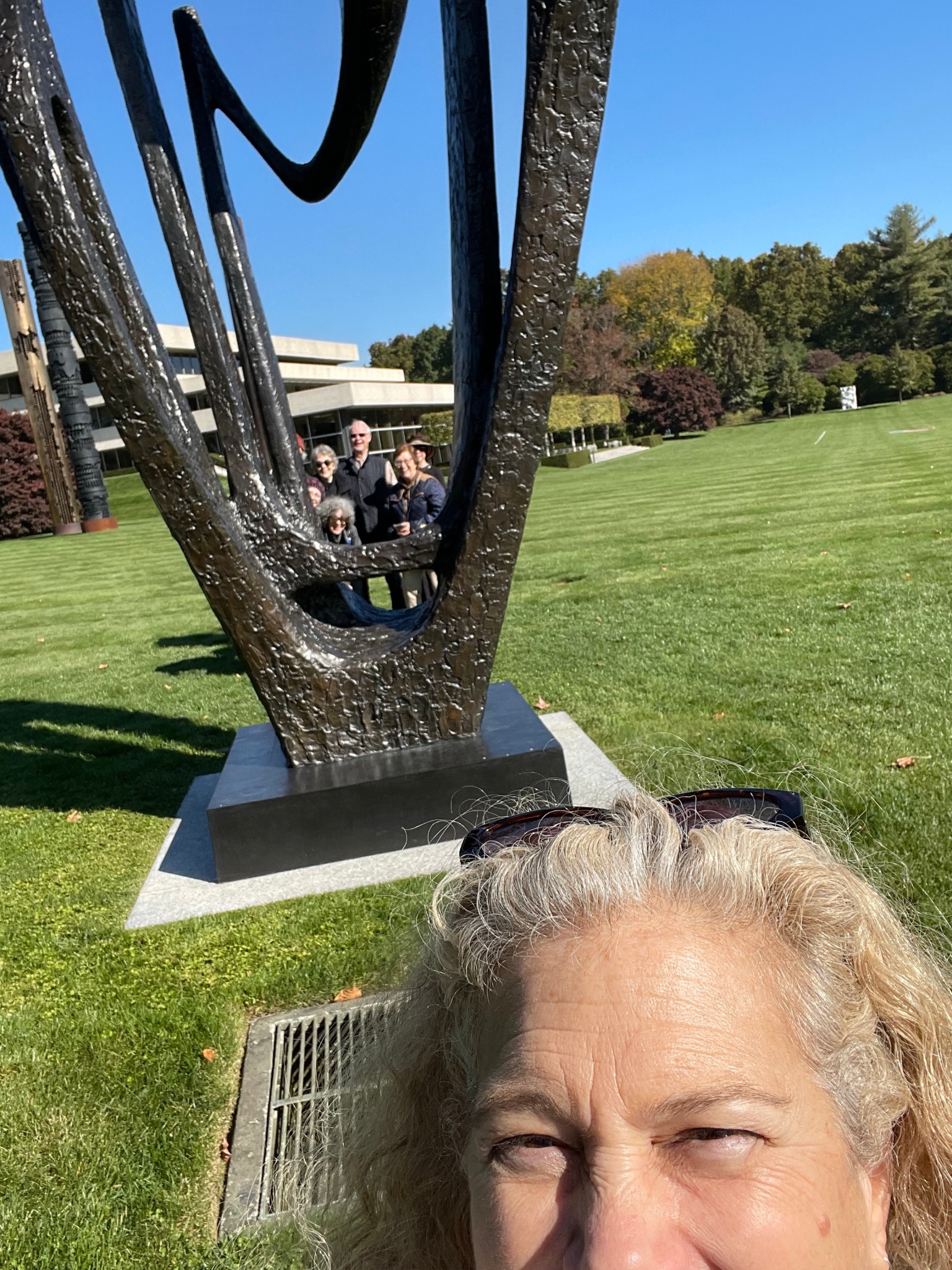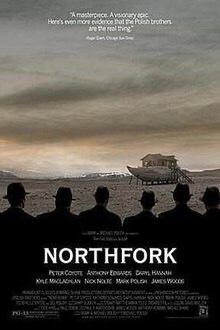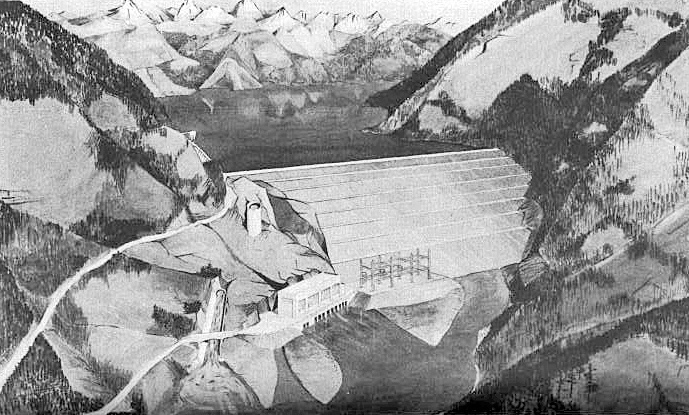1796 was an incredibly interesting year.
It was the year American painter, Asher Durand, was born in New Jersey. Durand (not Duran Duran… ‘90s music lovers!) would go on to become one of the major proponents of the Hudson River school style of painting, celebrating, realism in landscape art, and its connection to the divine.
It was the year Catherine the Great died after decades ruling Russia and expanding the Russian empire.
It was also the year than a twenty-one year old English painter, J. M. W. Turner, painted this watercolor. It was forgotten about for years in the attic of a rural country estate in England, Kinsham Court.

It’s going on auction in March, so if you have some spare milk money, ( the estimate is running between £30,000 to £60,000), and love Turner, then this is your chance to pick up what could be a relative bargain.
The fifth Earl of Essex hired Turner to paint Hampton Court Castle in Herefordshire after he inherited it. Herefordshire, famous for its beautiful countryside and its Hereford cows, is in the West Midlands. Hampton Court then became the property of the Arkwright family at the start of the 19th century.
After a hundred years or so, John Arkwright sold Hampton Court and then relocated to Kinsham Court. Most likely the Turner sketch made the trip along with everything else. It was discovered by Arkwright’s descendants in the attic amongst a bunch of watercolors that had been up there for decades. That makes me feel not-so-bad about not having been in my attic for months, while at the same time making me realize I should go up there and check out what’s hanging around…even though I am 100% certain I will not find a long lost Turner watercolor.
Now, while the watercolor wasn’t signed, one of Minster’s experts, James Pearn, is positive that it’s a Turner, because of the stylistic elements that Turner was known for, including the way he laid down his brushstrokes.

It’s interesting to note that just a few days ago on January 31, at auction at Sotheby’s, two different watercolors by Turner found new owners. One, Loch Lomond, West Scotland, sold right within its estimate range of $50-$80 grand at just under $61,000 while the second piece, Patterdale with Ullswater beyond, generated a bit more interest and sold over the estimate, bringing down the gavel at a little over $95,000. In light of these numbers, Minster’s auction estimate ( 38 to 72 thousand USD) isn’t too far off what the market seems to be willing to pay. We’ll see what happens in the first of minsters three annual fine art auctions in March.
Meanwhile, go check your attics, people!




